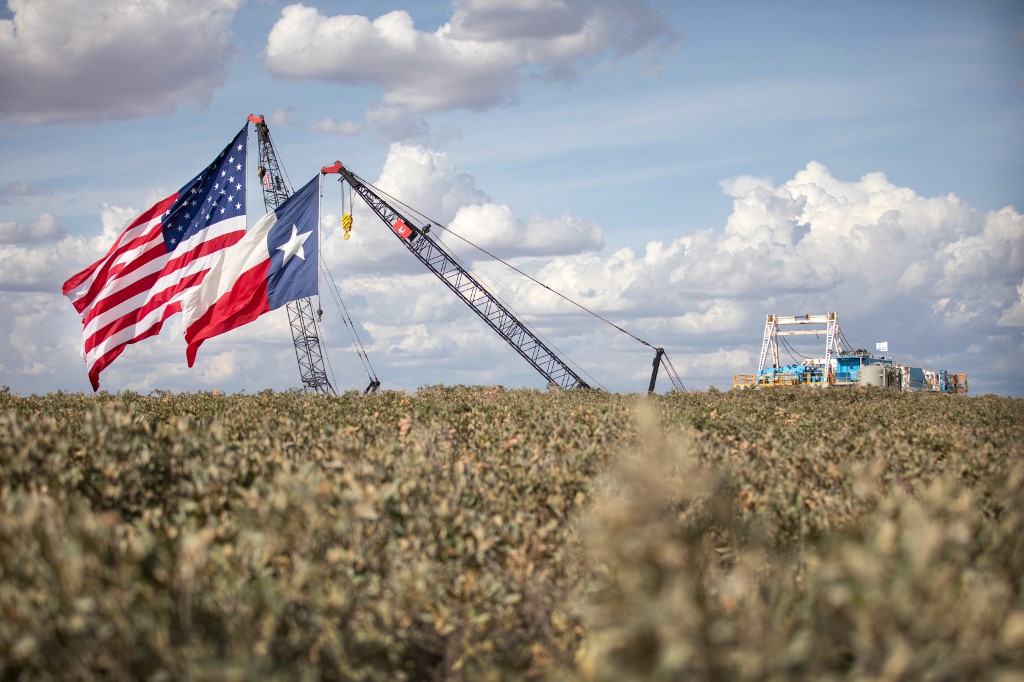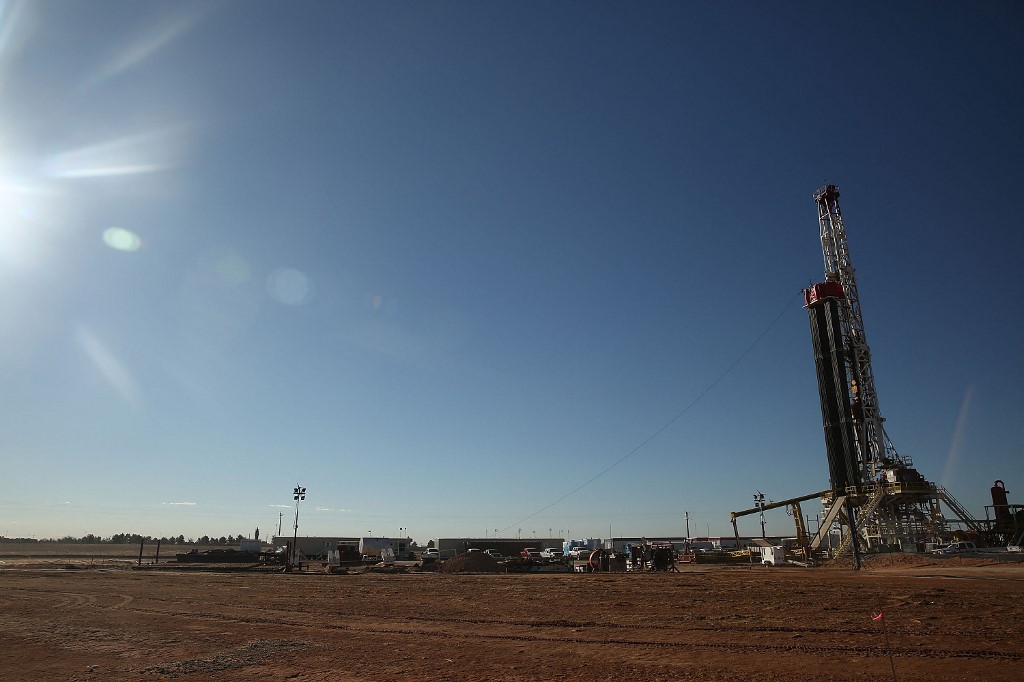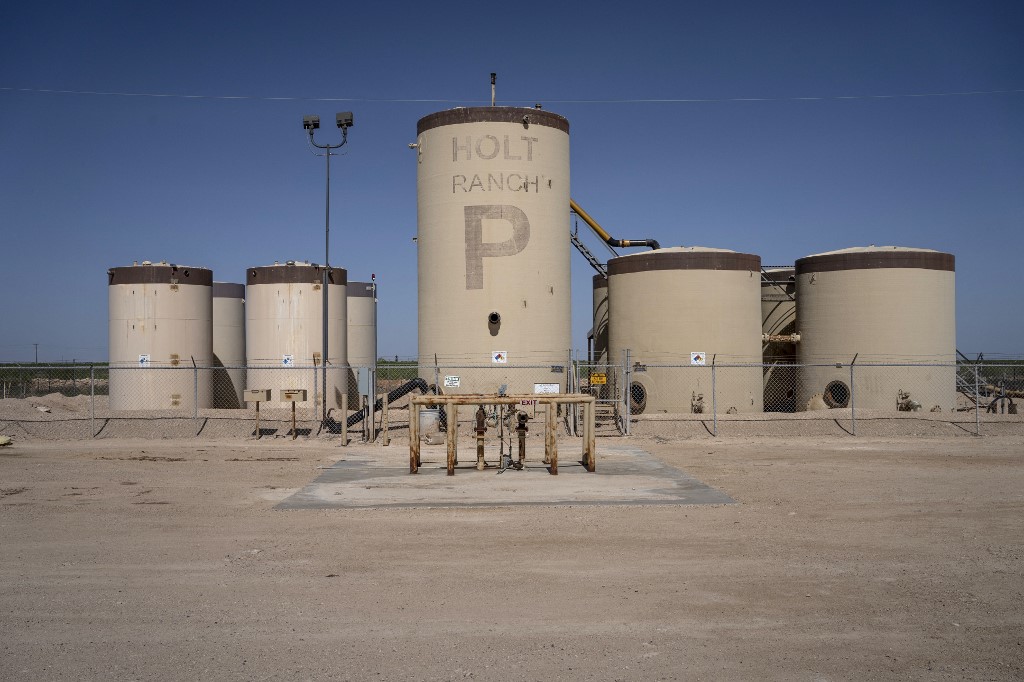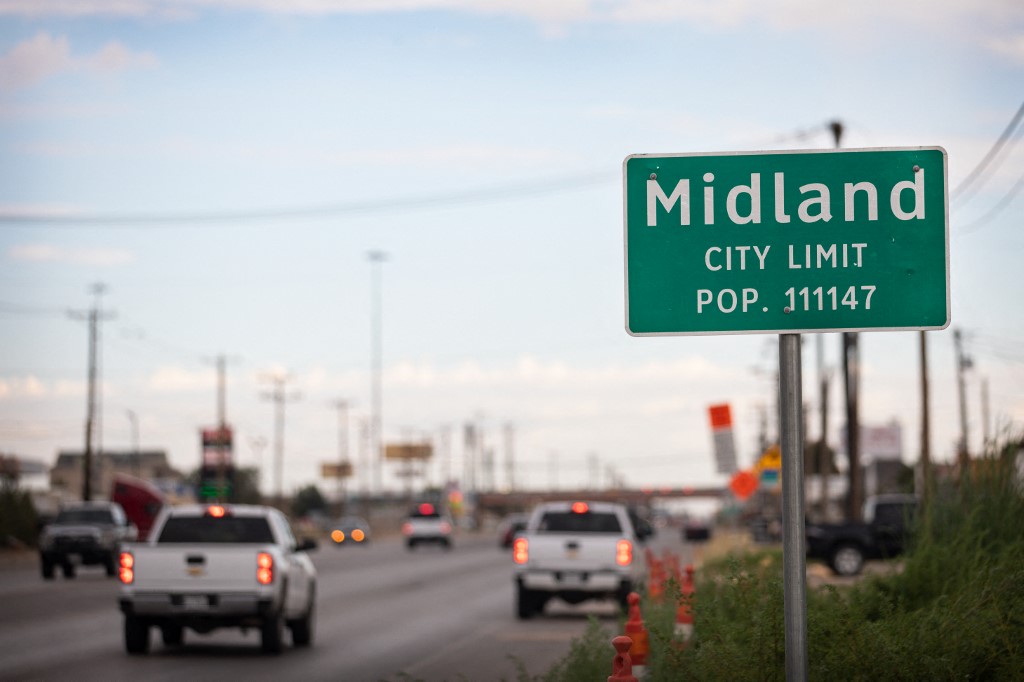
by François PICARD
Agence France-Presse
HOUSTON, United States (AFP) – “You get used to it. The walls shake,” says Sam, a resident of Midland, a town in west Texas where hydraulic fracturing for oil and gas — known as “fracking” — is causing more and more earthquakes.
“Then another tremor comes a second later, like a truck passing nearby,” said the 44-year-old, who did not wish to disclose his last name.
Echoing his words, three quakes rocked the ground in just one day on February 4.
This region of the Permian Basin, from which 40 percent of US oil and 15 percent of its gas are extracted, experienced nine earthquakes greater than three-magnitude in 2019, 51 in 2020 and 176 in 2021, according to market intelligence firm Sourcenergy.
What causes earthquakes is not fracking itself, but injecting the wastewater into wells. The Railroad Commission of Texas, which regulates oil activities, has had to impose new rules on water disposal.
‘Fox guarding the henhouse’

Drilling companies must deal with huge quantities of water that come up when fracking — water makes up about 80 percent of the fluid pumped out of the ground.
Almost 4,000 active wells have been drilled specifically to collect the wastewater in the Permian Basin.
“As you get more and more water getting pumped into the ground… you’re filling up these spaces,” said Joshua Adler, CEO of Sourcenergy, which helps oil companies improve water management.
“In some of these spaces, you got these cracks or fault lines. You’re pushing it harder and harder, and maybe you hit that fault line and maybe it makes it slip and that’s an earthquake.”
Since 2012, daily oil production have multiplied five-fold in the Permian Basin, so water injections into wells has also multiplied.
“In Oklahoma, they basically kind of dragged their feet for years and denied that there was any problem” when earthquakes increased in the 2010s, Adler said.
In Texas, as soon as earthquakes increased, the Railroad Commission started to study the issue, he said. “They didn’t wait until it was a giant problem.”
Between September and January, it defined three geographical areas at risk.

In the most populous, Gardendale, where the cities of Midland and Odessa are located, it ordered the suspension of deep injections of water into seven wells in mid-December.
After four more earthquakes of magnitudes between 3.1 and 3.7, it extended the measure to 26 more wells.
The regulator is waiting for industry proposals in the two other areas identified, Stanton and Northern Culberson-Reeves.
But Neta Rhyne, 72, who lives near Northern Culberson-Reeves, believes that “it’s like asking the fox to guard the chicken coop.”
Locals divided

Last week, she again asked the Railroad Commission, as she has been doing since 2016, for a hearing following new requests to drill water disposal wells in her region.
She fears an earthquake could affect the source of one of the largest natural spring-fed pools in the world, a stone’s throw from her home in Balmorhea Nature Park, Toyahvale.
The Texas Parks Department declined to respond to AFP’s questions, but press officer Stephanie Salinas Garcia acknowledged “concerns that earthquakes could affect the spring system.”
“Here, it’s small communities. People don’t want to cause problems, they don’t want to voice their concerns,” said Rhyne, who owns a dive shop near the Balmorhea natural pool.
Suspending water injection is set to impose hefty costs on oil companies, who will have to transport water off site via pipeline, or even by truck.
Sam, the resident in Midland, says local reaction to the quakes is divided.
“Old people complain a bit about earthquakes. But young people never! Three-quarters live off oil.
“Even when it smells of hydrogen sulfide emitted from the wells, they say it smells of money.”
© Agence France-Presse








